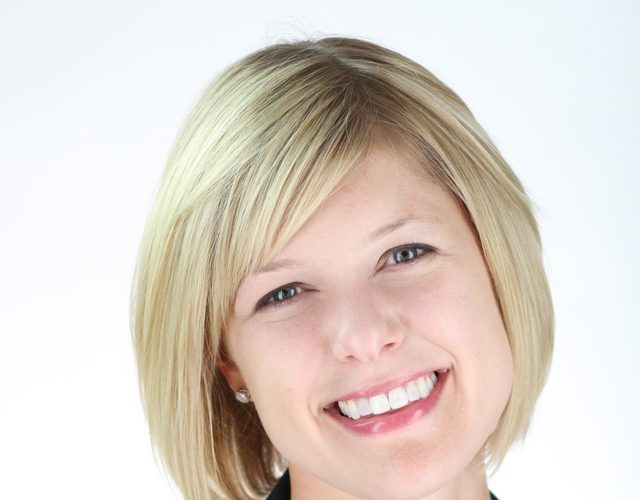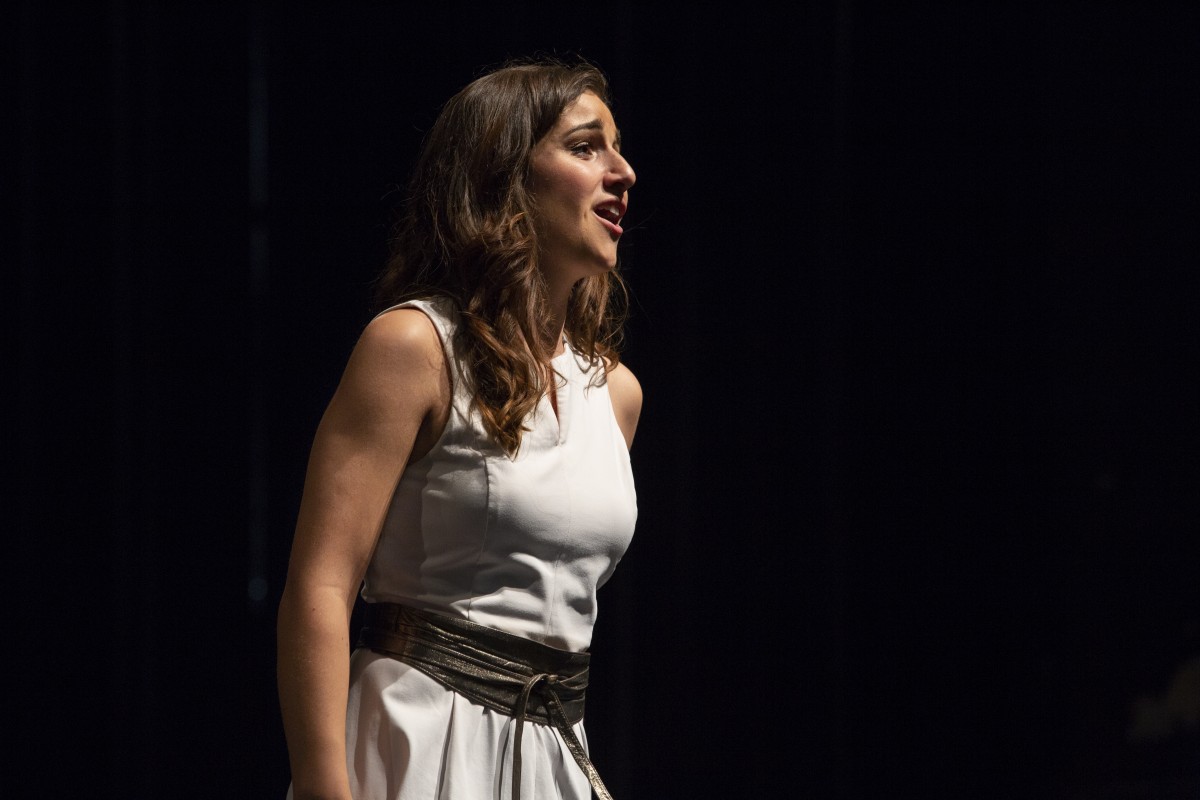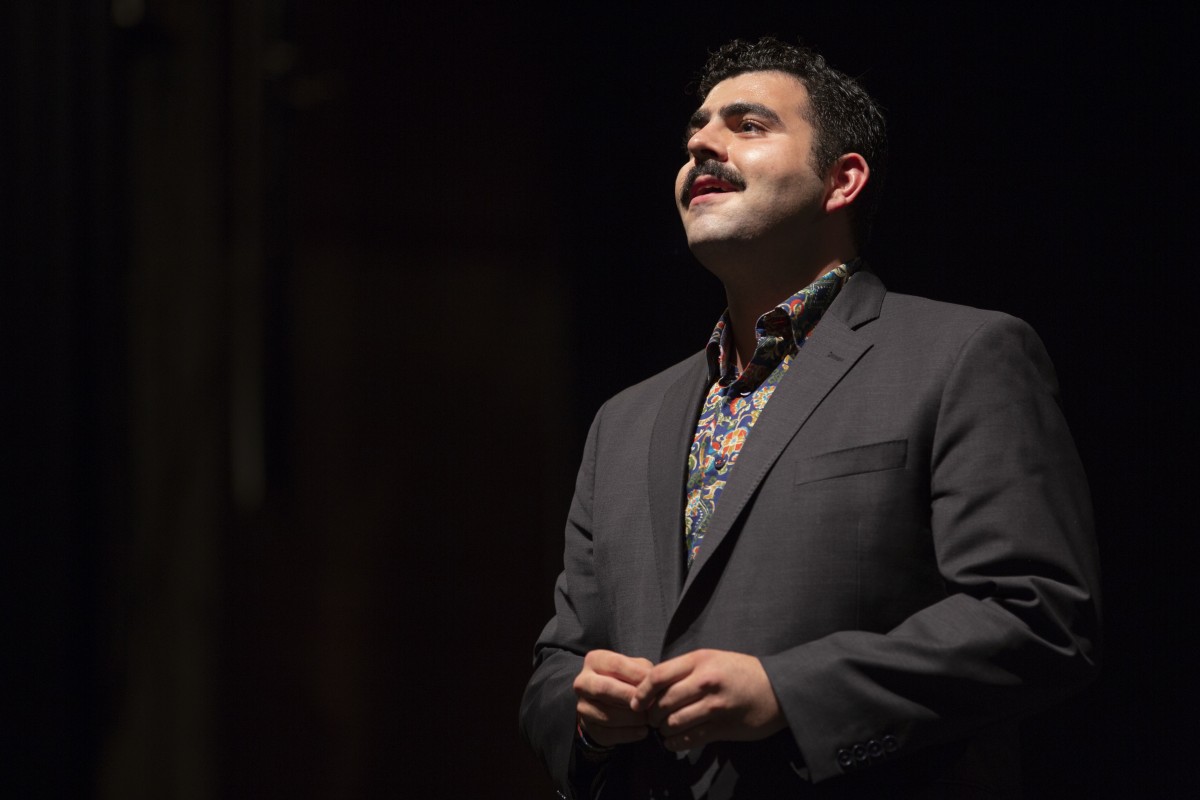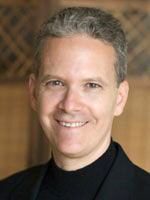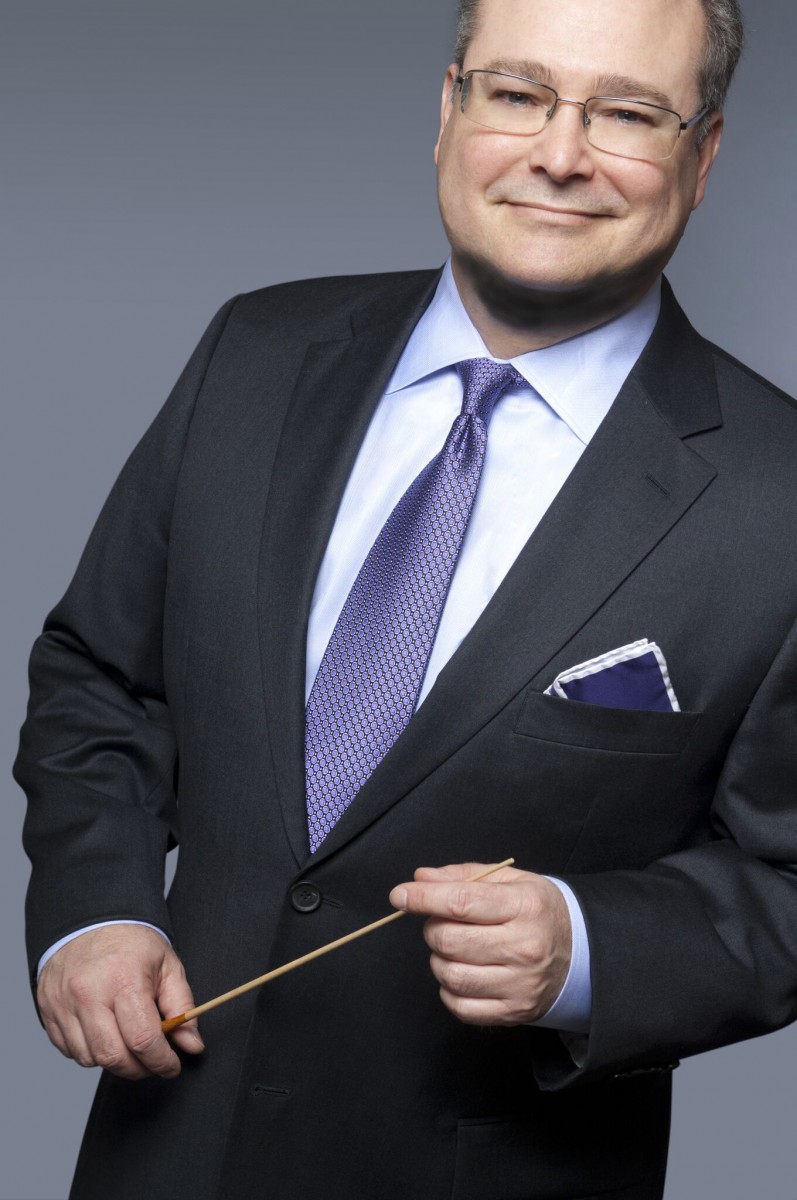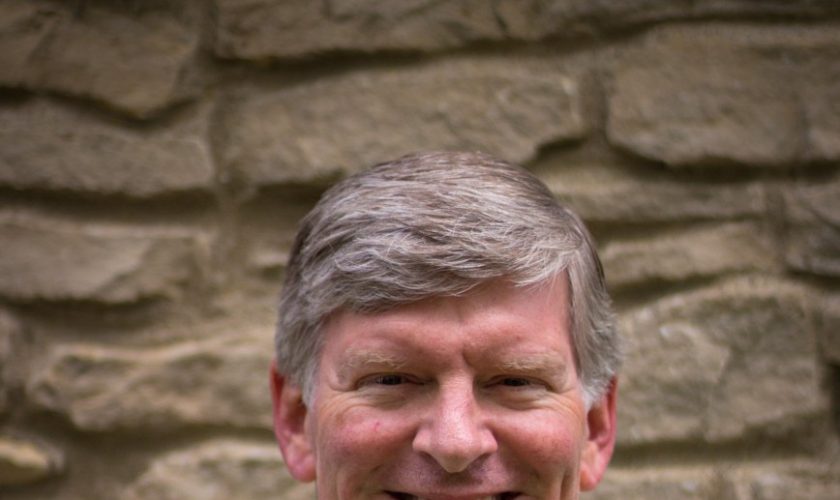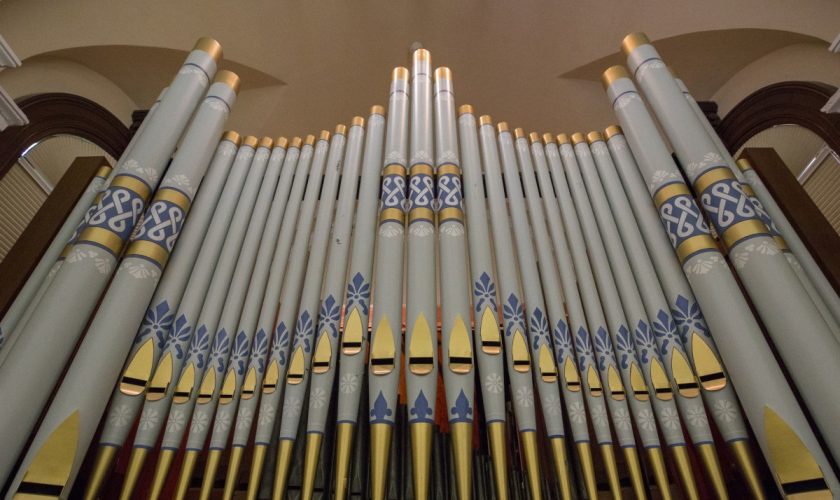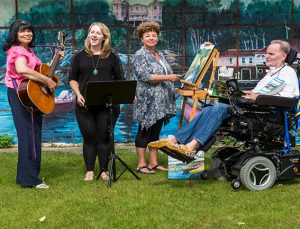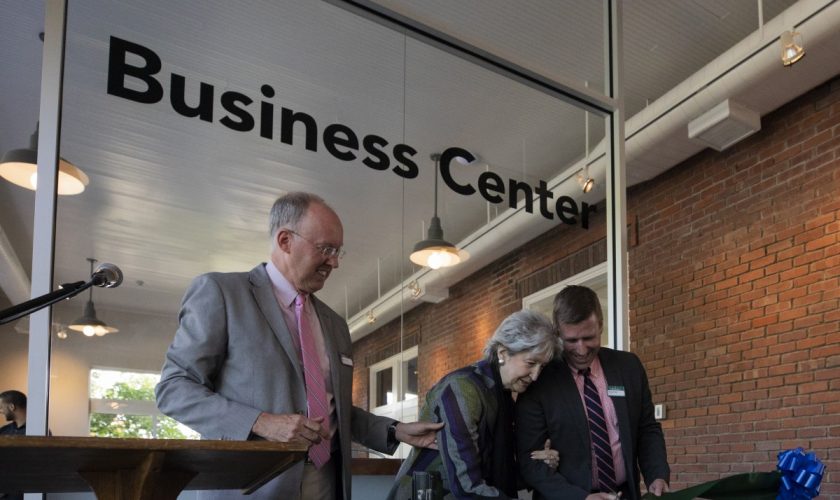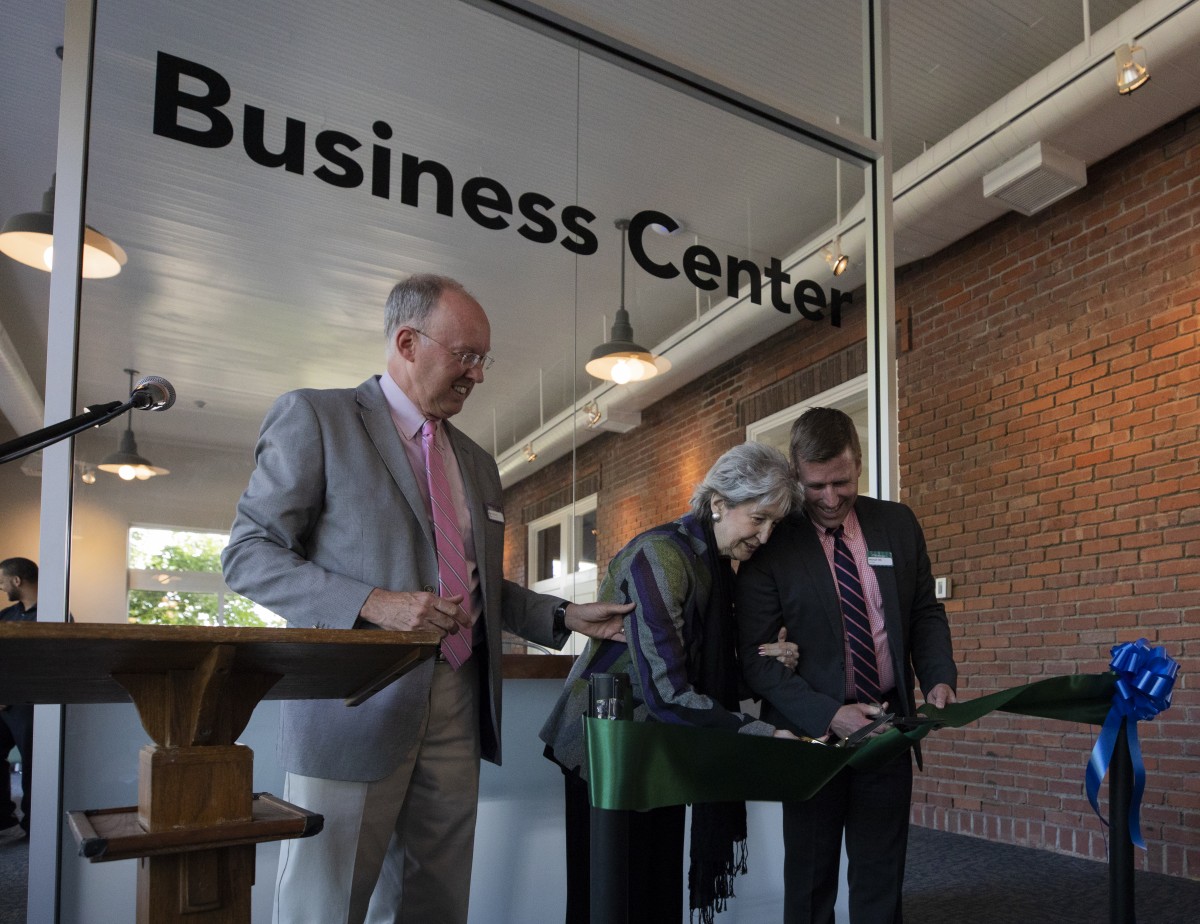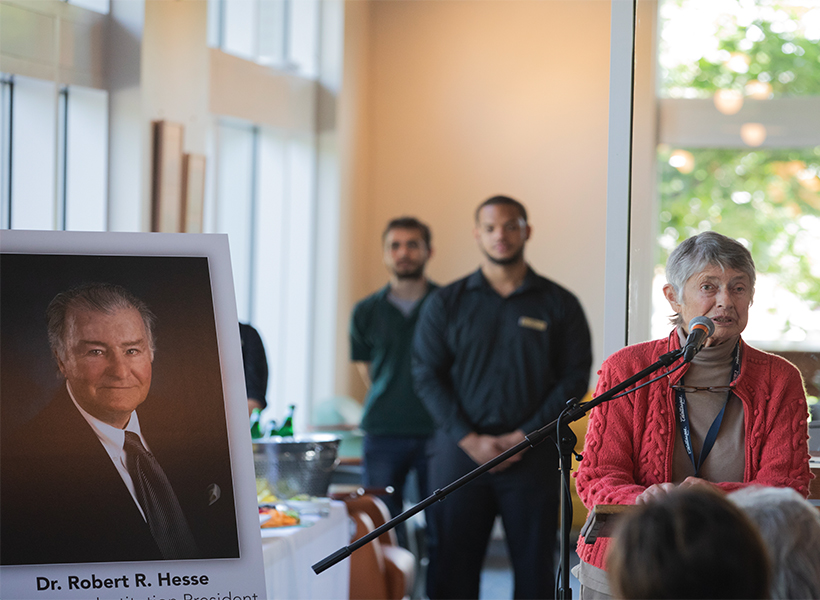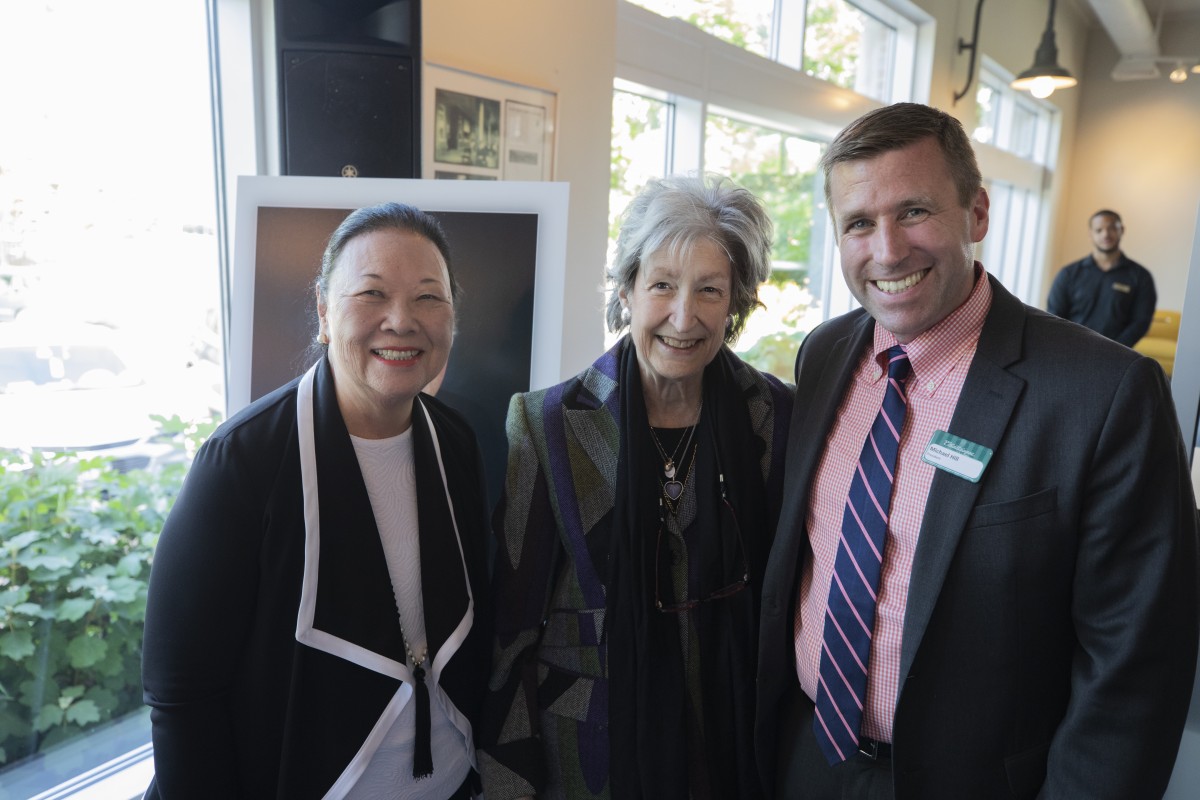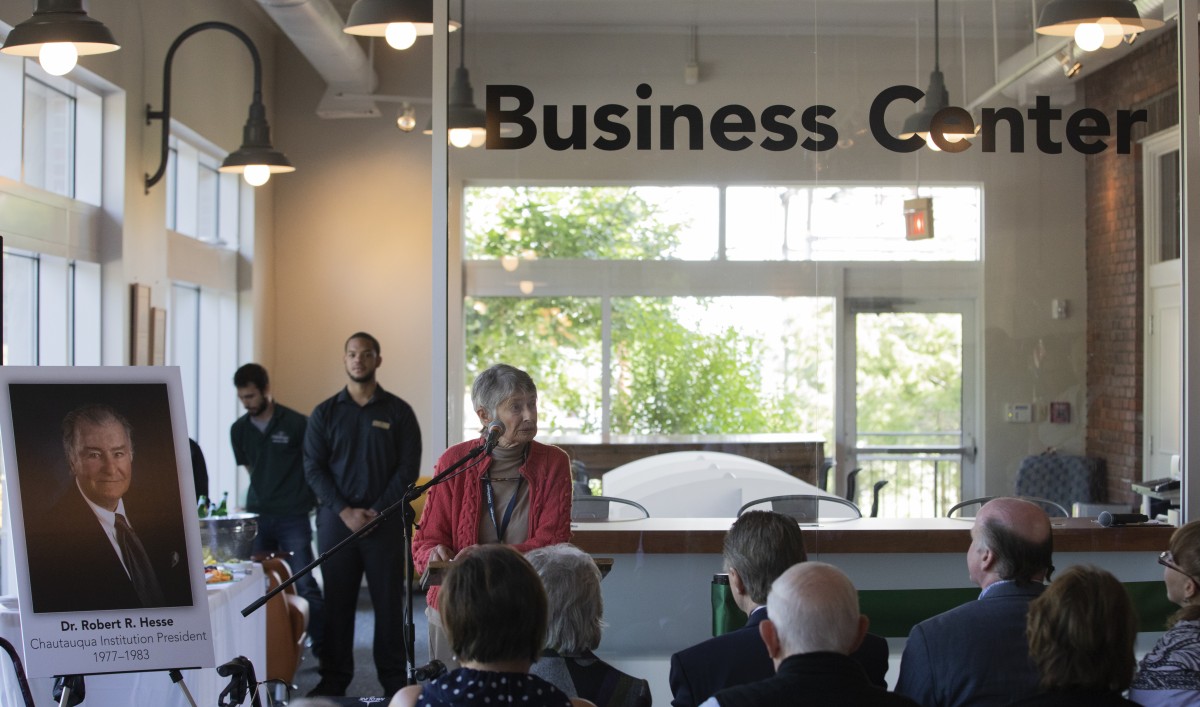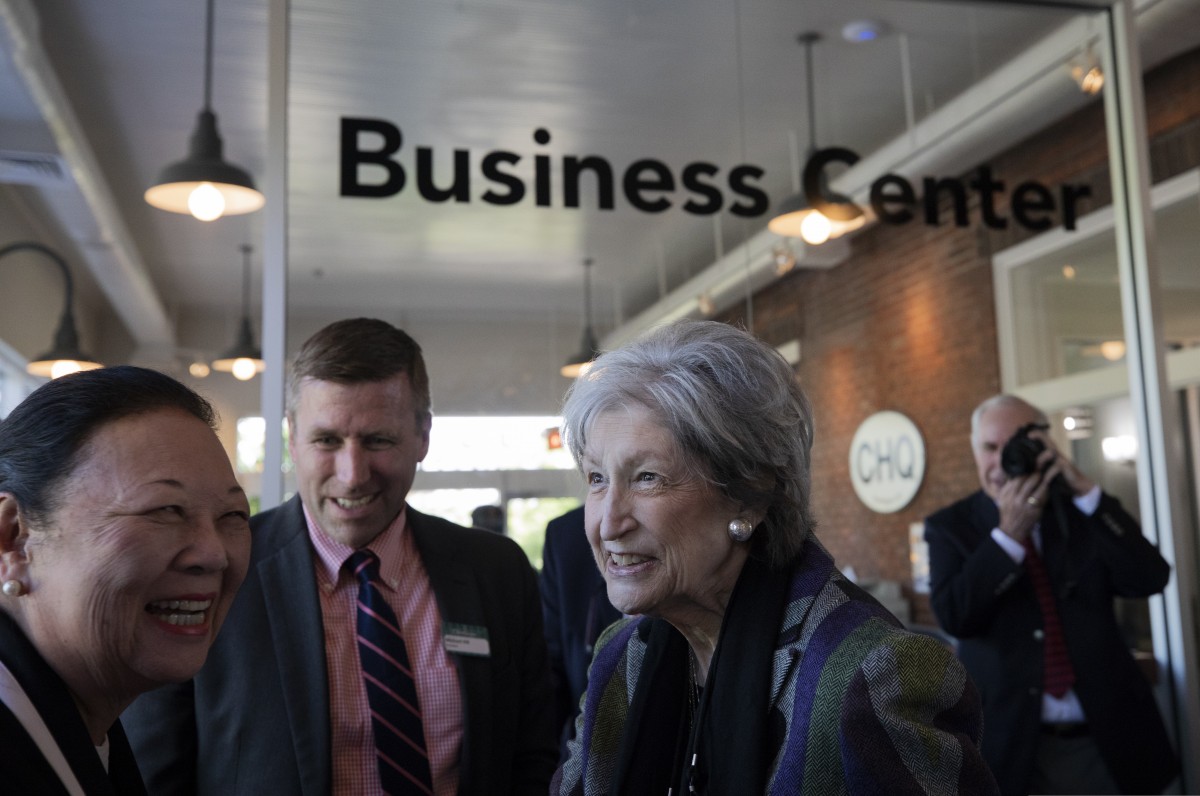Candles have a variety of uses. They were first made out of beeswax by ancient Egyptians in 3,000 B.C., and for thousands of years were “rulers of the night,” as the sole source of light when the sun went down, according to candle supplier Nature’s Garden. Since their development, this simple commodity has been utilized for occasions like religious services, home decor, odor elimination and gift-giving.
When owner of Chautauqua Wearhouse and Chautauqua Fund volunteer Ruth Nelson decided to start selling a product to support the Chautauqua Fund, she recognized the versatility and general appeal of candles.
“I wanted to develop something as a hostess gift or small item for people to buy when they come in,” Nelson said.
For the 2018 season, she developed Chautauqua Fund candles with custom logos through MADE Custom Goods in Jamestown, New York.
Originally from Jamestown, Nelson has been coming to Chautauqua since 1987 when her mother opened the women’s clothing boutique Pat’s At Chautauqua. Nelson grew up learning about retail, and in 2005, the two opened Chautauqua Wearhouse, a boutique in the ground floor of the Colonnade that sells men’s and women’s clothing items along with shoes, accessories and other commodities.
Like many Chautauquans, Nelson has enjoyed coming to the Institution with her family every summer.
“There’s a lot of memories,” Nelson said. “I think some of my favorite memories are seeing my kids experience what I experienced when I was younger … for them to have the freedom to go to Club (and) play with their friends, hang out on (Bestor) Plaza.”
Nelson’s memories of celebrating Independence Day at the Institution with her loved ones are what inspired her to become involved with philanthropy.
Nelson is currently an 1874 Society member, which recognizes donors who give between $1,874 and $3,499 annually to the Chautauqua Fund. The Chautauqua Foundation operates the annual fund for the Institution.
“I was a $500-level donor for three or four years, and then my goal for myself was to hit the 1874 (level),” Nelson said. “So last year, I joined the 1874 Society, and I like being at that level, but now in years to come (I hope) to build and grow and be able to do more philanthropically for Chautauqua.”
All of the profits from the candles will go to the fund. There are two different scents, lavender and espresso, and each has a 30- to 35-hour burning time. The candles will be available in the Wearhouse throughout the season.
“I like the idea of doing something I can sell here in the shop that would help support the (Chautauqua Fund),” Nelson said. “And this is something that anyone can come in and buy.”
Selling the candles with the fund logo is a new project for Nelson, and she hopes to continue experimenting with different ways to support the Chautauqua Fund through her business.
“It’s a totally new concept, and maybe next year it would be a T-shirt or a bag with the (Chautauqua Fund) logo on it,” Nelson said. “I would like to continue doing some sort of a product I can sell that would raise money for the fund.”
Nelson said it gives her “a sense of pride” to do her part in contributing to the Chautauqua Fund.
“Any way that I can be an ambassador for Chautauqua, I’m happy to do it,” Nelson said.




